Home>Furniture & Design>Outdoor Furniture>How To Clean Terracotta Tiles Outdoors
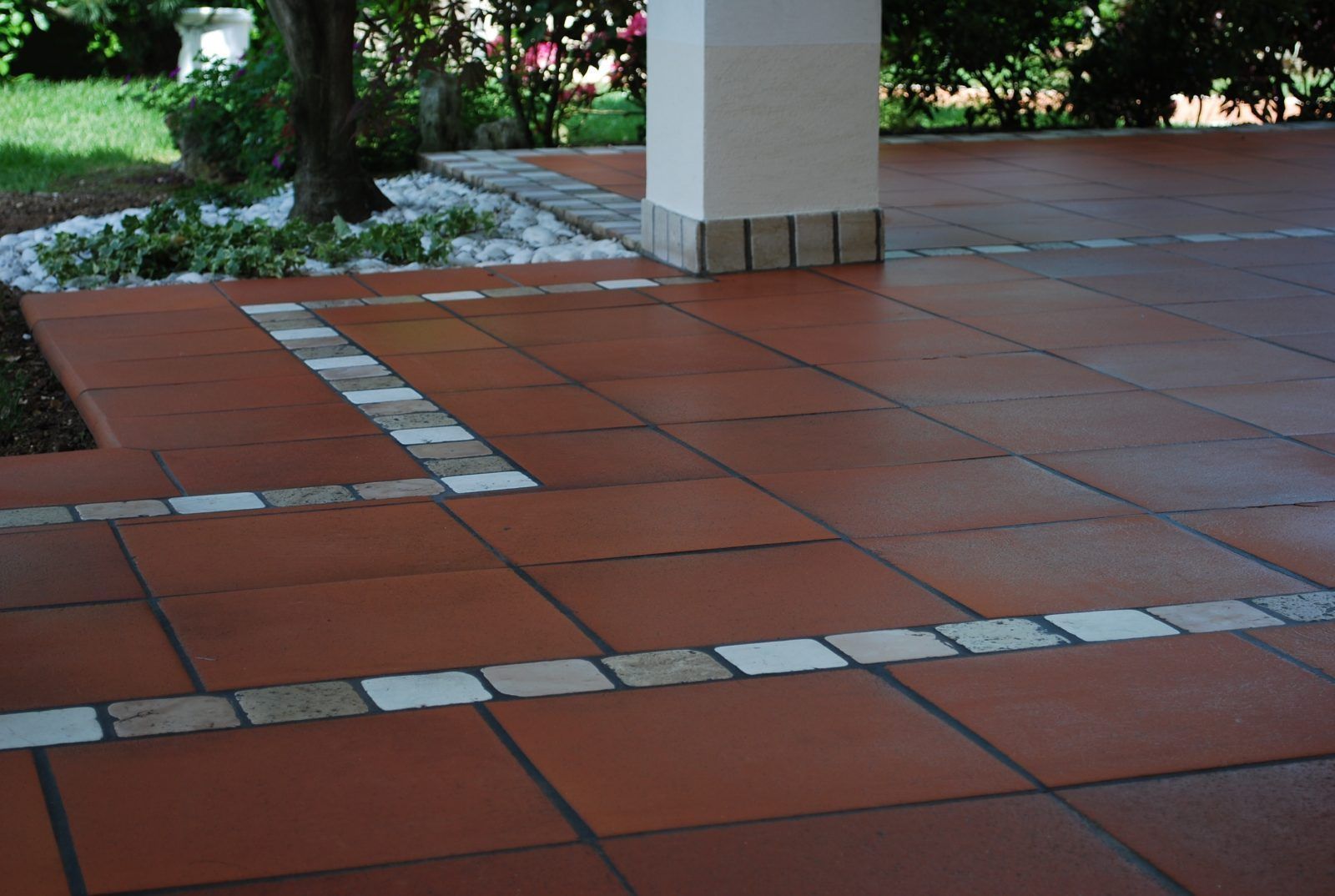

Outdoor Furniture
How To Clean Terracotta Tiles Outdoors
Modified: October 19, 2024
Discover the best techniques for cleaning terracotta tiles outdoors and maintaining your outdoor furniture with our expert tips. Transform your outdoor space with our furniture and design ideas.
(Many of the links in this article redirect to a specific reviewed product. Your purchase of these products through affiliate links helps to generate commission for Storables.com, at no extra cost. Learn more)
Introduction
Terracotta tiles are a timeless and elegant choice for outdoor spaces, adding warmth and character to patios, walkways, and other exterior areas. However, exposure to the elements can lead to the accumulation of dirt, grime, and stubborn stains, detracting from their natural beauty. To maintain the allure of your outdoor terracotta tiles, regular cleaning and maintenance are essential. In this comprehensive guide, we will explore the step-by-step process of cleaning terracotta tiles, restoring their luster and preserving their longevity.
Whether your terracotta tiles are nestled in a cozy courtyard or adorning a sprawling terrace, they are bound to encounter the effects of weather, foot traffic, and outdoor activities. Over time, this can result in a dull, soiled appearance that diminishes the visual appeal of your outdoor living space. By understanding the proper techniques and utilizing the right tools, you can revitalize your terracotta tiles, unveiling their inherent charm and ensuring they remain a focal point of your outdoor decor.
In the following sections, we will delve into the assessment of terracotta tile conditions, the equipment and materials required for cleaning, the preparatory steps, the cleaning process itself, strategies for tackling stubborn stains, and the crucial post-cleaning tasks of rinsing, drying, and applying sealant. Additionally, we will discuss the significance of ongoing maintenance to uphold the cleanliness and integrity of your terracotta tiles.
Whether you are a seasoned aficionado of outdoor design or a homeowner embarking on your first terracotta tile cleaning endeavor, this guide is designed to equip you with the knowledge and insights necessary to achieve exceptional results. Embracing the art of terracotta tile maintenance not only enhances the aesthetic appeal of your outdoor spaces but also contributes to the preservation of these distinctive and enduring elements of outdoor design. So, let's embark on this journey to rejuvenate and preserve the allure of your outdoor terracotta tiles.
Key Takeaways:
- Revitalize outdoor terracotta tiles by assessing, cleaning, and sealing them. Regular maintenance, spot cleaning, and protective measures ensure long-lasting beauty and resilience, enhancing outdoor living spaces.
- Prepare, clean, and maintain outdoor terracotta tiles to preserve their timeless elegance. From targeted stain removal to periodic sealing, these steps ensure enduring beauty and longevity in outdoor decor.
Read more: How To Clean Outdoor Ceramic Tiles
Assessing the Condition of Terracotta Tiles
Before embarking on the cleaning process, it is essential to assess the condition of your terracotta tiles. Outdoor terracotta tiles are susceptible to a range of issues, including dirt accumulation, organic growth such as moss or algae, and the presence of stubborn stains. Conducting a thorough assessment will enable you to tailor your cleaning approach to address specific challenges and ensure optimal results.
Begin by visually inspecting the surface of the terracotta tiles. Look for areas of discoloration, mold or mildew growth, and any noticeable stains. Pay close attention to high-traffic areas, as these are more likely to show signs of wear and soiling. Additionally, assess the grout lines between the tiles, as they can also harbor dirt and require attention during the cleaning process.
Next, consider the overall texture of the tiles. Terracotta tiles are known for their porous nature, which can make them more susceptible to staining and dirt penetration. If the tiles appear particularly grimy or discolored, it is likely that dirt and contaminants have become ingrained in the porous surface, necessitating a more thorough cleaning approach.
It is also important to evaluate the presence of any stubborn stains, such as oil or rust marks, on the terracotta tiles. These stains may require targeted treatment to effectively remove them without damaging the tiles themselves. Identifying the nature of the stains will inform the selection of appropriate cleaning agents and techniques.
Finally, assess the general condition of the tiles, looking for signs of damage or deterioration. Cracked or chipped tiles may require special attention, and it is important to address any structural issues before proceeding with the cleaning process.
By carefully assessing the condition of your terracotta tiles, you can gain valuable insights into the specific cleaning requirements and challenges that lie ahead. Armed with this understanding, you will be better equipped to select the appropriate cleaning methods and products, ensuring that your outdoor terracotta tiles receive the care and attention they deserve.
Equipment and Materials Needed
Preparing to clean your outdoor terracotta tiles requires gathering the necessary equipment and materials to facilitate a thorough and effective cleaning process. By assembling the right tools, you can streamline the cleaning tasks and ensure that you are well-prepared to tackle dirt, stains, and grime. Here’s a comprehensive list of the equipment and materials you will need:
Equipment:
- Broom or soft-bristled brush: For removing loose debris and dirt from the tile surface.
- Stiff-bristled brush or scrubbing pad: To agitate and loosen stubborn stains and ingrained dirt.
- Bucket: For mixing cleaning solutions and rinsing the tiles.
- Pressure washer (optional): Useful for deep cleaning and removing tough stains, especially for larger outdoor areas.
- Mop or sponge mop: For applying cleaning solutions and rinsing the tiles.
- Protective gear: Rubber gloves and eye protection to safeguard your skin and eyes during the cleaning process.
- Plastic sheeting or tarp: To protect surrounding areas from overspray or runoff during cleaning.
- Scrubbing brush with a long handle: Ideal for reaching and cleaning difficult-to-access areas.
- Wet/dry vacuum (optional): Useful for removing excess water after rinsing the tiles.
Materials:
- Mild detergent or pH-neutral cleaner: Suitable for general cleaning of terracotta tiles without causing damage.
- Baking soda: Effective for tackling stubborn stains and discoloration.
- Vinegar: A natural and eco-friendly option for removing mineral deposits and stains.
- Hydrogen peroxide: Useful for treating and lifting organic stains such as mold or mildew.
- Sealant: A high-quality terracotta tile sealant to protect the tiles after cleaning and prevent future staining.
- Clean water: Essential for rinsing the tiles and diluting cleaning solutions.
- Stain-specific cleaners: If dealing with particular stains such as oil or rust, specialized cleaners may be required.
- Protective sealant applicator: Such as a brush or roller for applying the sealant to the tiles.
By ensuring that you have the appropriate equipment and materials on hand, you can approach the terracotta tile cleaning process with confidence and efficiency. With these tools at your disposal, you are ready to embark on the journey of restoring the natural beauty of your outdoor terracotta tiles.
Read more: How To Clean Outdoor Stone Tile
Preparing the Area
Before commencing the cleaning process for your outdoor terracotta tiles, it is crucial to prepare the surrounding area to ensure a smooth and effective cleaning experience. Proper preparation not only safeguards adjacent surfaces and landscaping but also sets the stage for a thorough and focused cleaning effort. Here are the essential steps for preparing the area:
Clear the Space: Begin by removing any furniture, potted plants, or decorative items from the immediate vicinity of the terracotta tiles. Clearing the space allows for unobstructed access to the entire tile surface, facilitating comprehensive cleaning and minimizing the risk of damage to surrounding objects.
Protect Adjacent Surfaces: Use plastic sheeting or a tarp to cover nearby walls, outdoor furniture, and any other surfaces that could be affected by overspray or runoff during the cleaning process. This protective measure helps prevent unintended damage and simplifies the post-cleaning cleanup.
Safeguard Landscaping: If your terracotta tiles are bordered by plants, shrubs, or other landscaping features, consider using plastic sheeting or gentle barriers to shield these elements from the cleaning solutions and runoff. This precaution helps preserve the health and appearance of your outdoor greenery.
Address Drainage: Ensure that the area where you will be cleaning the terracotta tiles has adequate drainage. If necessary, clear any clogged drains or gutters to prevent standing water during and after the cleaning process. Proper drainage promotes efficient rinsing and drying of the tiles.
Secure Necessary Tools and Materials: Double-check that you have all the required equipment and cleaning materials readily available. Having everything prepared and within reach minimizes interruptions during the cleaning process and allows you to maintain a consistent workflow.
By meticulously preparing the area before cleaning your terracotta tiles, you create an environment conducive to successful and efficient tile maintenance. These preparatory steps lay the foundation for a focused and thorough cleaning experience, ensuring that your outdoor terracotta tiles receive the care they deserve while safeguarding the surrounding elements of your outdoor space.
Cleaning the Terracotta Tiles
Once the area is prepared and the necessary equipment and materials are at hand, you are ready to embark on the process of cleaning your outdoor terracotta tiles. This pivotal stage involves the systematic removal of dirt, grime, and stains to restore the tiles’ natural beauty and luster. Here’s a step-by-step guide to effectively clean your terracotta tiles:
Step 1: Remove Loose Debris: Begin by sweeping the terracotta tiles with a broom or using a soft-bristled brush to eliminate loose dirt, leaves, and other debris. This initial step prevents loose particles from interfering with the subsequent cleaning process.
Step 2: Prepare the Cleaning Solution: In a bucket, mix a mild detergent or pH-neutral cleaner with water according to the manufacturer’s instructions. This solution will serve as the primary cleaning agent for removing surface dirt and grime from the terracotta tiles.
Step 3: Apply the Cleaning Solution: Using a mop or sponge mop, apply the prepared cleaning solution to the terracotta tiles, working in manageable sections. Allow the solution to dwell on the tiles for a few minutes to loosen embedded dirt and stains.
Step 4: Agitate and Scrub: Utilize a stiff-bristled brush or scrubbing pad to agitate the cleaning solution on the tiles. Focus on areas with visible stains or discoloration, applying gentle but firm pressure to dislodge stubborn dirt and grime from the porous surface of the terracotta tiles.
Step 5: Rinse the Tiles: Thoroughly rinse the tiles with clean water to remove the cleaning solution and dislodged dirt. A mop or sponge mop can be used to apply and spread the water across the tiles, ensuring comprehensive rinsing and the removal of residual cleaning agents.
Step 6: Inspect for Lingering Stains: After rinsing, inspect the terracotta tiles for any remaining stains or areas that require additional attention. If stubborn stains persist, proceed to the next section on removing stubborn stains for targeted treatment.
By following these steps, you can effectively clean your outdoor terracotta tiles, removing surface dirt and grime to reveal the natural beauty of the tiles. This meticulous cleaning process sets the stage for addressing any persistent stains or discoloration, ensuring that your terracotta tiles are rejuvenated and ready for the next phase of maintenance.
Removing Stubborn Stains
Despite a thorough cleaning, outdoor terracotta tiles may still harbor stubborn stains that require targeted treatment. Whether dealing with oil marks, rust stains, or deeply ingrained discoloration, addressing stubborn stains is essential to fully restore the tiles’ pristine appearance. Here’s a strategic approach to effectively remove stubborn stains from your terracotta tiles:
Identify the Nature of the Stains: Before proceeding with stain removal, identify the specific nature of the stains. Different types of stains, such as organic, mineral, or chemical-based, may require distinct cleaning agents and techniques to achieve optimal results without damaging the tiles.
Oil and Grease Stains: For oil or grease stains, sprinkle baking soda directly onto the affected areas. Allow the baking soda to absorb the oil for several hours, then gently scrub the area with a brush and rinse thoroughly with water. Alternatively, a commercial degreaser formulated for terracotta tiles can be used for more stubborn oil stains.
Rust Stains: To tackle rust stains, apply a diluted solution of vinegar or lemon juice directly to the affected areas. Allow the acidic solution to dwell on the stains for a short period, then scrub the area with a brush. Rinse the tiles thoroughly to remove the acidic solution and dislodged rust particles.
Organic Stains (Mold, Mildew, Algae): Address organic stains by applying hydrogen peroxide directly to the affected areas. Allow the hydrogen peroxide to sit for a short duration, then gently scrub the stains with a brush. Rinse the tiles thoroughly to remove the hydrogen peroxide and any residual organic matter.
Deeply Ingrained Discoloration: For general discoloration or deeply ingrained stains, create a paste using baking soda and water. Apply the paste to the affected areas and allow it to sit for an extended period, ideally overnight. Gently scrub the tiles the following day and rinse thoroughly to remove the paste and lifted stains.
Seeking Professional Assistance: In cases where stubborn stains persist despite your best efforts, consider consulting with a professional terracotta tile cleaning service. Professionals have access to specialized cleaning agents and equipment, and their expertise can be invaluable in addressing particularly challenging stains without compromising the integrity of the tiles.
By employing targeted treatments tailored to the nature of the stains, you can effectively eliminate stubborn discoloration and restore the pristine appearance of your outdoor terracotta tiles. This focused approach ensures that your tiles are free from unsightly stains, allowing their inherent beauty to shine through once more.
To clean terracotta tiles outdoors, mix warm water with mild dish soap and scrub the tiles with a soft-bristled brush. Rinse with clean water and allow to air dry. Avoid using harsh chemicals or pressure washers, as they can damage the tiles.
Rinsing and Drying the Tiles
Following the cleaning and stain removal processes, thorough rinsing and proper drying are essential to complete the terracotta tile maintenance and ensure a pristine, well-protected surface. Effectively rinsing and drying the tiles not only removes residual cleaning agents and lifted dirt but also sets the stage for the application of sealant to safeguard the tiles against future staining. Here’s a detailed guide to rinsing and drying your outdoor terracotta tiles:
Rinsing the Tiles: Using a mop or sponge mop, thoroughly rinse the terracotta tiles with clean water. Ensure that all traces of the cleaning solution, as well as any dislodged dirt and stains, are effectively removed from the tile surface. Pay particular attention to grout lines, corners, and edges, ensuring comprehensive rinsing across the entire tiled area.
Inspect for Residual Stains: After rinsing, inspect the tiles for any lingering stains or areas that may require further attention. If stubborn stains persist, consider revisiting the targeted stain removal techniques to ensure that the tiles are free from unsightly discoloration.
Drying the Tiles: Allow the rinsed terracotta tiles to air dry thoroughly before proceeding with the application of sealant. If the weather permits, natural air drying is ideal. In situations where expedited drying is necessary, a wet/dry vacuum can be used to remove excess water from the tiles, expediting the drying process without leaving behind lint or fibers.
Monitoring the Drying Process: Throughout the drying period, monitor the tiles to ensure that they dry evenly and completely. Adequate drying is crucial before applying sealant, as any trapped moisture can compromise the effectiveness of the sealant and lead to uneven application or adhesion issues.
Preventing Foot Traffic: While the tiles are drying, prevent foot traffic and other activities that may introduce dirt or moisture to the freshly cleaned surface. Restricting access to the area allows the tiles to dry undisturbed, minimizing the risk of recontamination.
By meticulously rinsing and drying your terracotta tiles, you set the stage for the final phase of maintenance: the application of sealant. This diligent approach ensures that the tiles are clean, free from residual stains, and fully prepared to receive the protective benefits of sealant, preserving their beauty and integrity for the long term.
Read more: How To Clean Outdoor Patio Tiles
Applying Sealant
Sealing your outdoor terracotta tiles is a crucial step in preserving their beauty and protecting them from future staining and damage. A high-quality sealant creates a protective barrier, safeguarding the tiles against moisture, dirt, and other environmental elements. By applying sealant following the cleaning and drying processes, you ensure that your terracotta tiles maintain their luster and integrity over time. Here’s a comprehensive guide to applying sealant to your terracotta tiles:
Selecting the Right Sealant: Choose a sealant specifically formulated for terracotta tiles and suitable for outdoor use. Opt for a penetrating or impregnating sealant designed to permeate the porous surface of the terracotta, providing comprehensive protection from moisture and stains without altering the natural appearance of the tiles.
Preparing the Tiles: Ensure that the terracotta tiles are completely dry before applying the sealant. Any residual moisture can compromise the effectiveness of the sealant and lead to uneven application. If necessary, allow the tiles additional time to air dry, maintaining a dust-free and well-ventilated environment during the drying process.
Application Method: Use a clean, dry applicator such as a brush or roller to apply the sealant to the terracotta tiles. Work in small, manageable sections, ensuring even coverage across the entire tiled surface. Pay particular attention to grout lines and edges, where the tiles are most vulnerable to moisture and staining.
Allowing for Absorption: After applying the sealant, allow it to dwell on the tiles for the duration specified by the manufacturer. This dwell time allows the sealant to penetrate the porous surface of the terracotta, forming a protective barrier that repels moisture and contaminants while preserving the natural texture and appearance of the tiles.
Removing Excess Sealant: If any excess sealant remains on the tiles after the dwell period, gently buff the surface with a clean, dry cloth to remove it. Ensuring that the tiles are free from excess sealant maintains a uniform and natural appearance while maximizing the protective benefits of the sealant.
Curing Period: Following the application of sealant, allow the terracotta tiles to cure for the duration recommended by the manufacturer. During this curing period, prevent foot traffic and exposure to moisture, allowing the sealant to fully bond with the tiles and achieve optimal effectiveness.
By conscientiously applying sealant to your terracotta tiles, you fortify them against the challenges of outdoor exposure, ensuring that they retain their beauty and resilience for years to come. This proactive measure preserves the allure of your outdoor living spaces, allowing you to enjoy the timeless elegance of terracotta tiles with confidence and peace of mind.
Maintaining the Cleanliness of Terracotta Tiles
After completing the cleaning, stain removal, and sealing processes, maintaining the cleanliness and pristine appearance of your outdoor terracotta tiles becomes an ongoing endeavor. Regular maintenance not only preserves the tiles’ natural beauty but also extends their longevity, ensuring that they remain a captivating element of your outdoor decor. Here are essential strategies for maintaining the cleanliness of your terracotta tiles:
Scheduled Cleaning: Establish a regular cleaning schedule to prevent the accumulation of dirt, debris, and organic matter on the terracotta tiles. Depending on the level of foot traffic and environmental exposure, a monthly or quarterly cleaning routine can help preserve the tiles’ appearance and prevent the need for intensive cleaning sessions.
Gentle Sweeping and Rinsing: Routinely sweep the terracotta tiles with a soft-bristled broom to remove loose dirt and debris. Periodically rinse the tiles with clean water to eliminate surface contaminants and maintain their natural luster. These simple maintenance tasks prevent the buildup of grime and prolong the intervals between deep cleaning sessions.
Spot Cleaning: Promptly address spills, stains, and localized dirt by spot cleaning affected areas as soon as they are noticed. Use a mild detergent or pH-neutral cleaner to gently cleanse the affected spots, followed by thorough rinsing and drying. Timely spot cleaning prevents stains from setting and facilitates easier maintenance of the overall tile surface.
Grout Maintenance: Pay attention to the condition of the grout lines between the terracotta tiles. Regularly inspect and clean the grout to prevent the accumulation of dirt and mildew. Periodic resealing of the grout lines can also enhance their resilience and contribute to the overall cleanliness and longevity of the tiled area.
Protective Measures: During outdoor gatherings or activities, use protective mats or rugs in high-traffic areas to minimize wear and prevent the direct transfer of dirt and moisture to the terracotta tiles. Encouraging the use of designated walkways and seating areas can mitigate the impact of foot traffic on the tiles.
Periodic Sealer Maintenance: Monitor the effectiveness of the sealant applied to the terracotta tiles. Depending on the type of sealant used and the level of exposure, periodic reapplication or touch-ups may be necessary to ensure continued protection against moisture and staining. Regularly inspect the tiles for signs of diminished water repellency or increased susceptibility to staining.
By incorporating these maintenance strategies into your routine, you can uphold the cleanliness and allure of your terracotta tiles, ensuring that they remain a captivating and enduring feature of your outdoor living spaces. Embracing proactive maintenance practices not only preserves the tiles’ natural beauty but also contributes to the long-term enjoyment and appreciation of your outdoor decor.
Frequently Asked Questions about How To Clean Terracotta Tiles Outdoors
Was this page helpful?
At Storables.com, we guarantee accurate and reliable information. Our content, validated by Expert Board Contributors, is crafted following stringent Editorial Policies. We're committed to providing you with well-researched, expert-backed insights for all your informational needs.

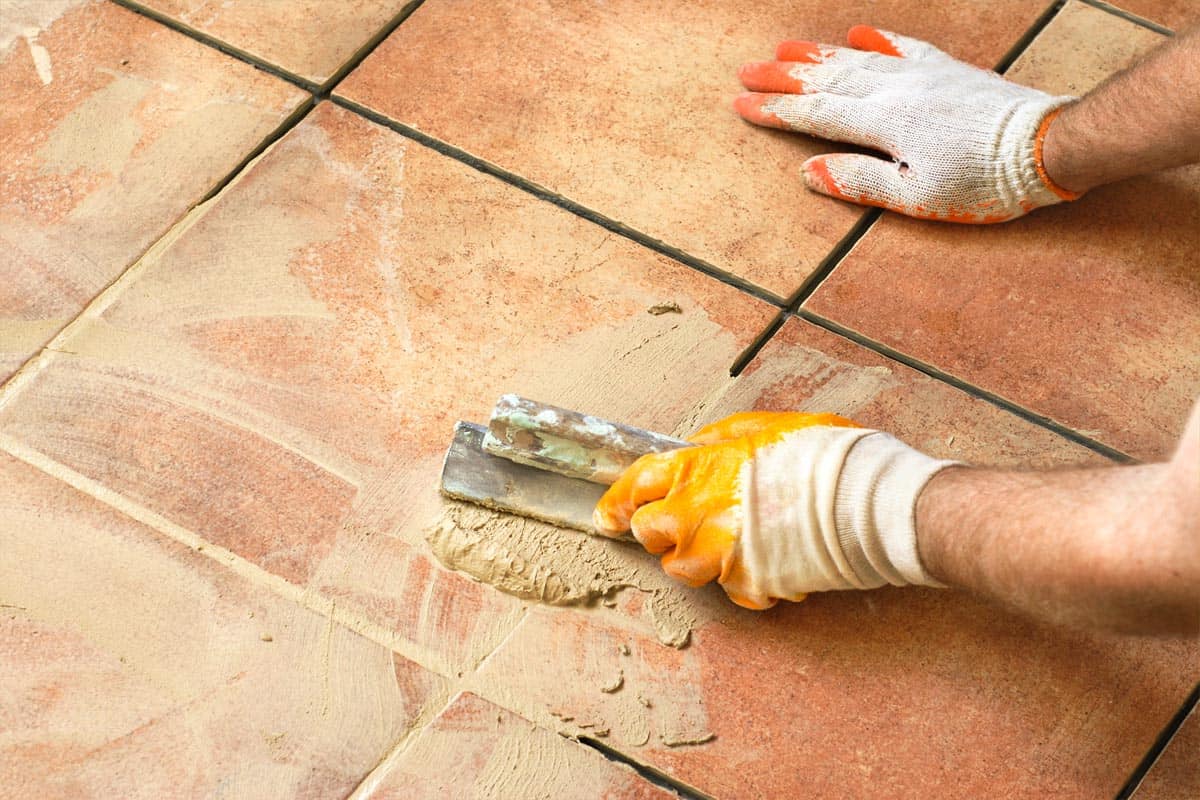
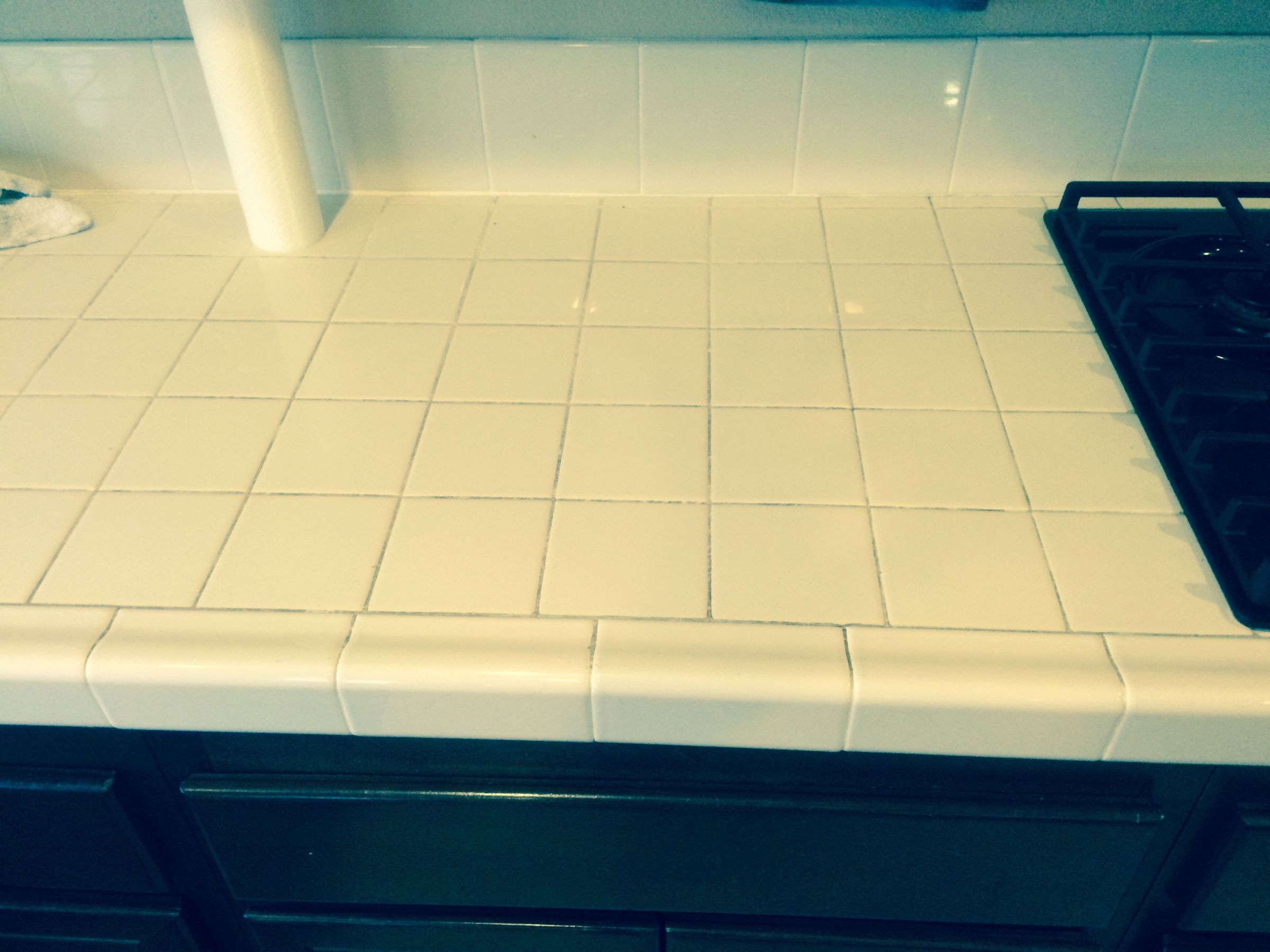

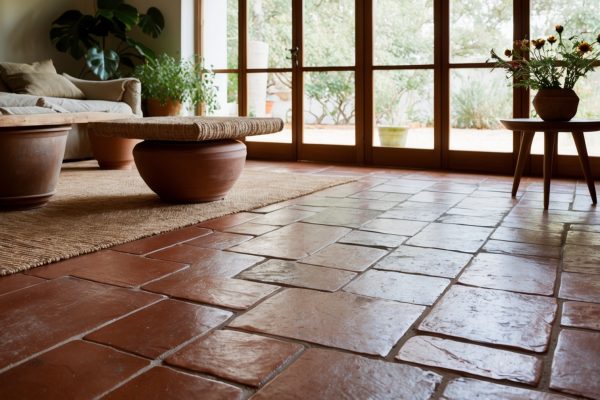

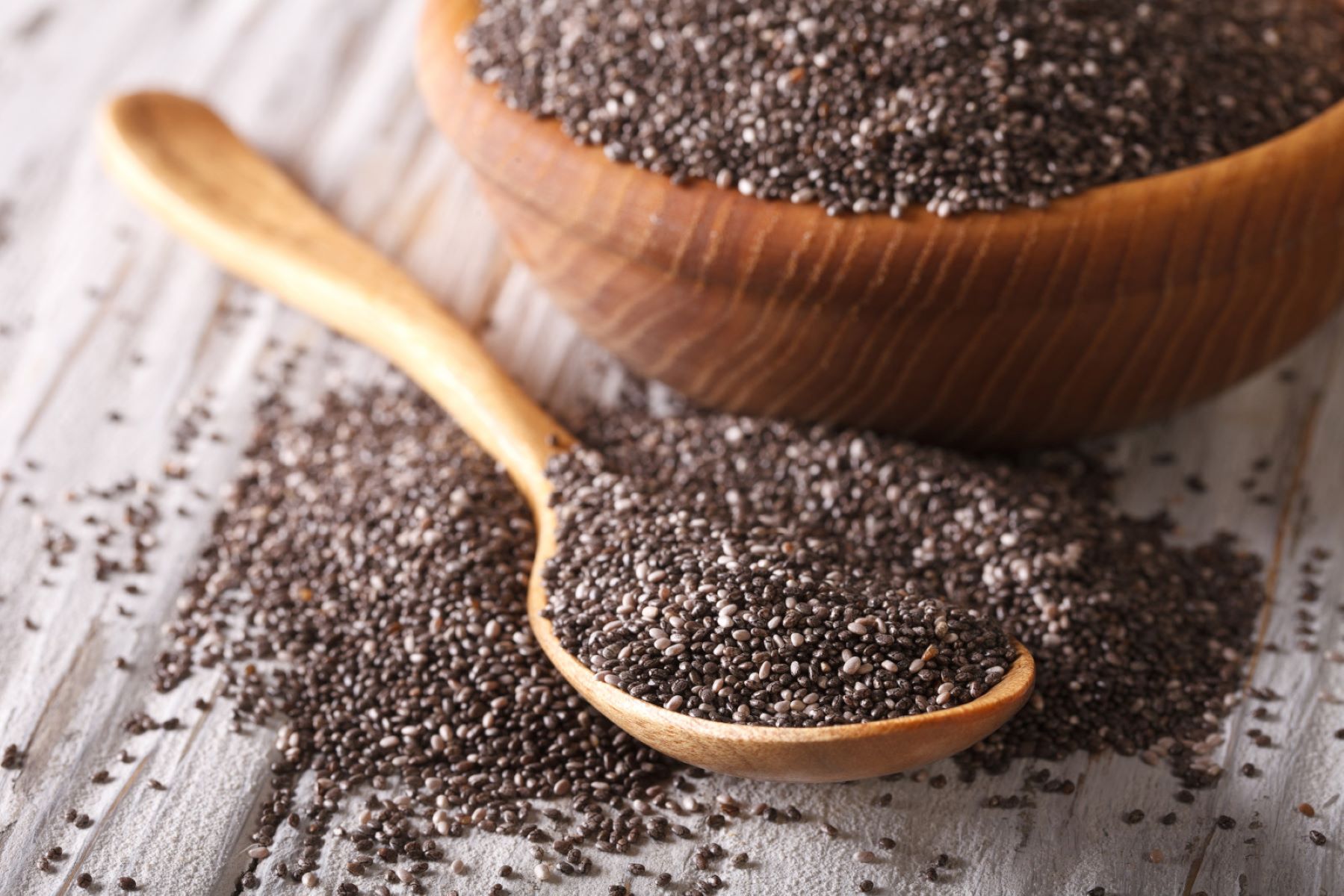
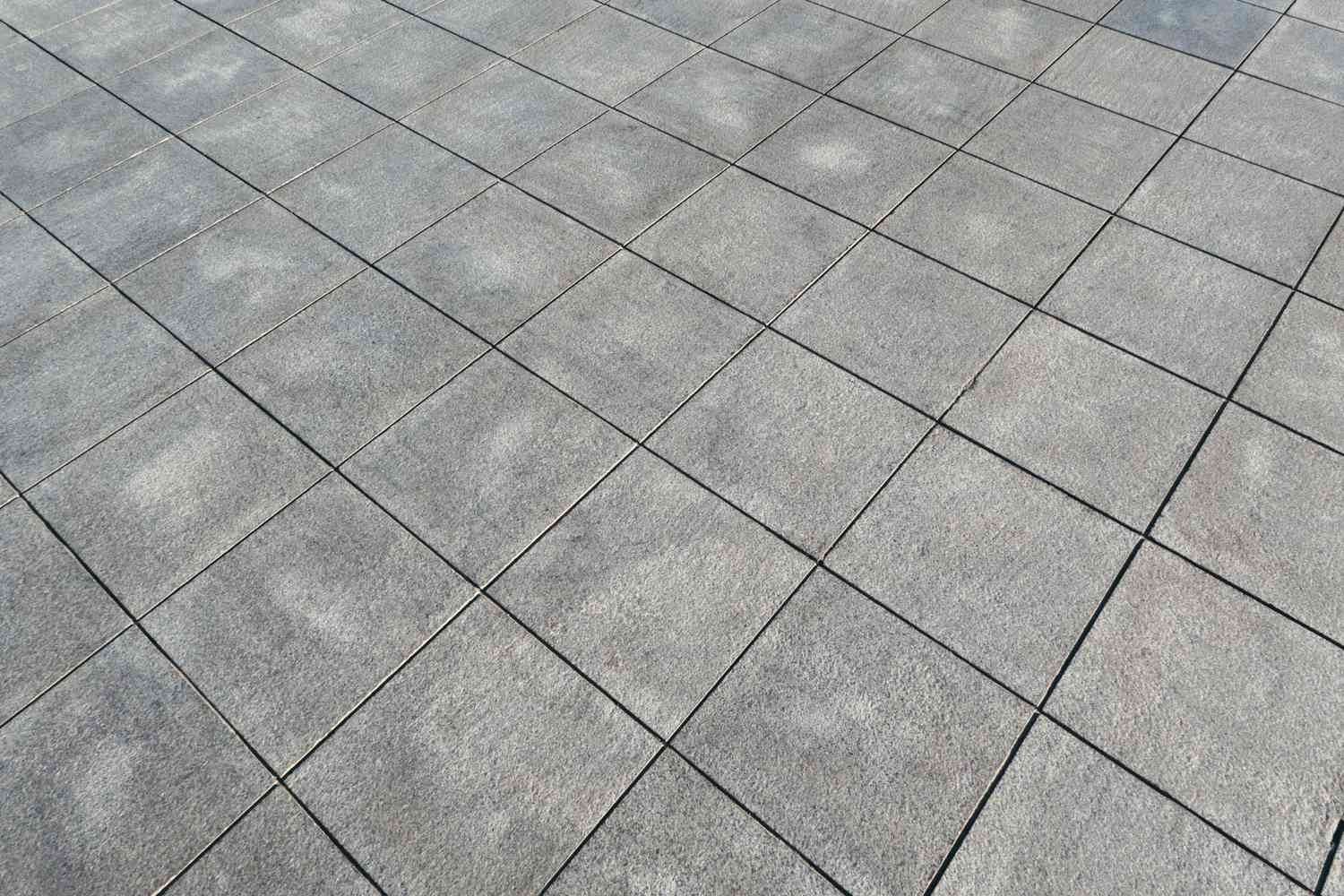
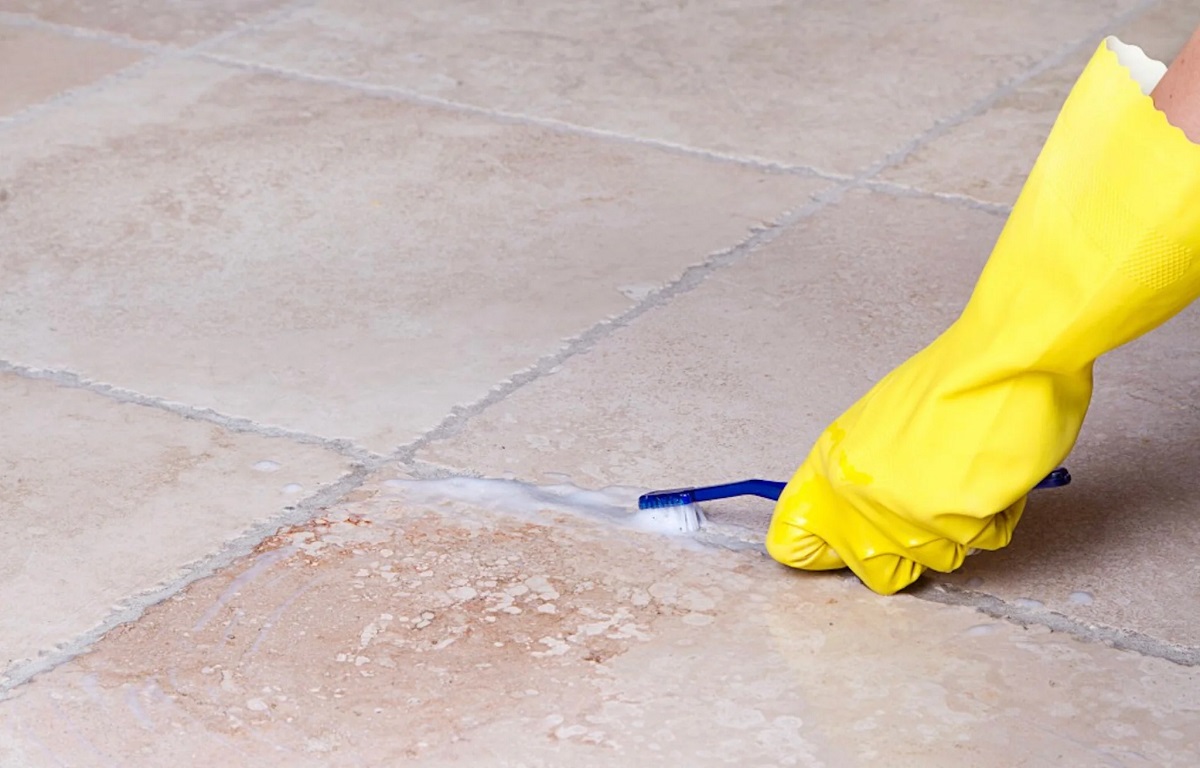

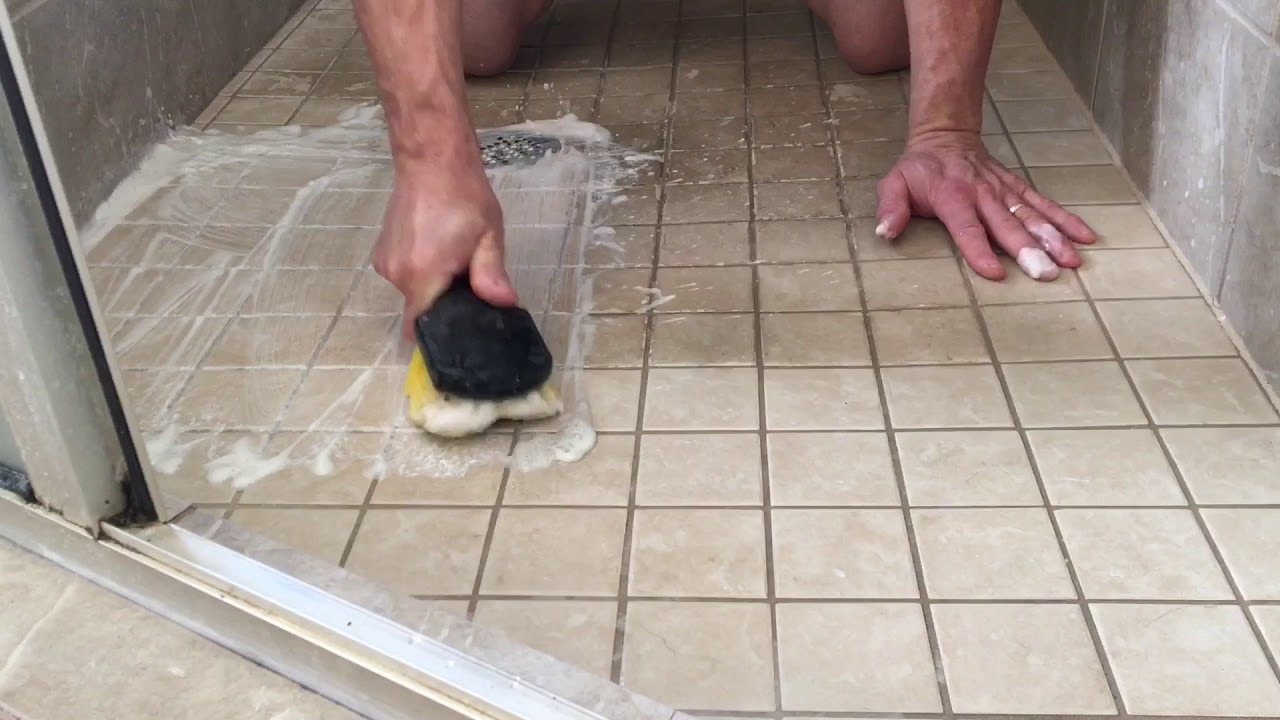
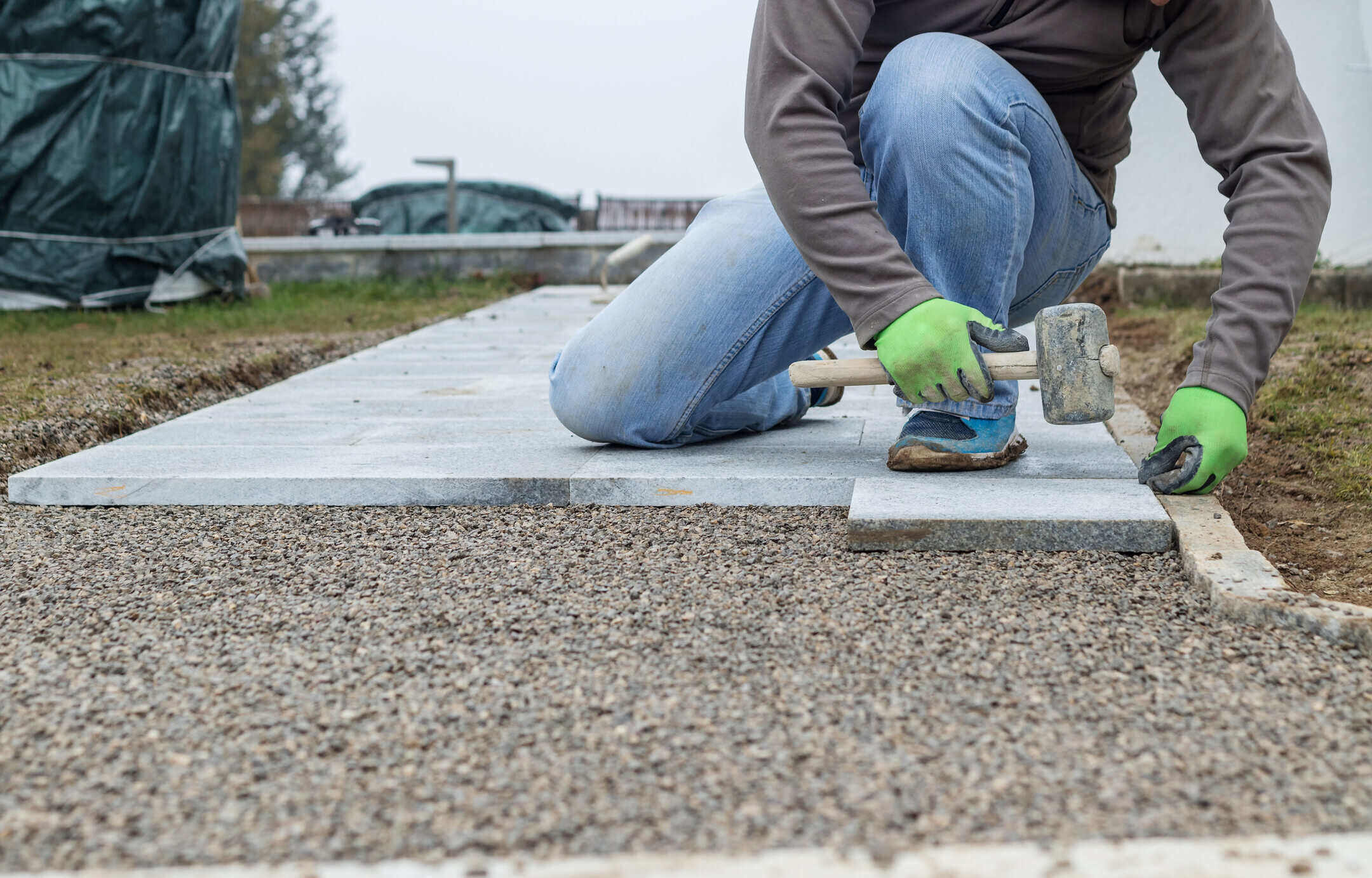
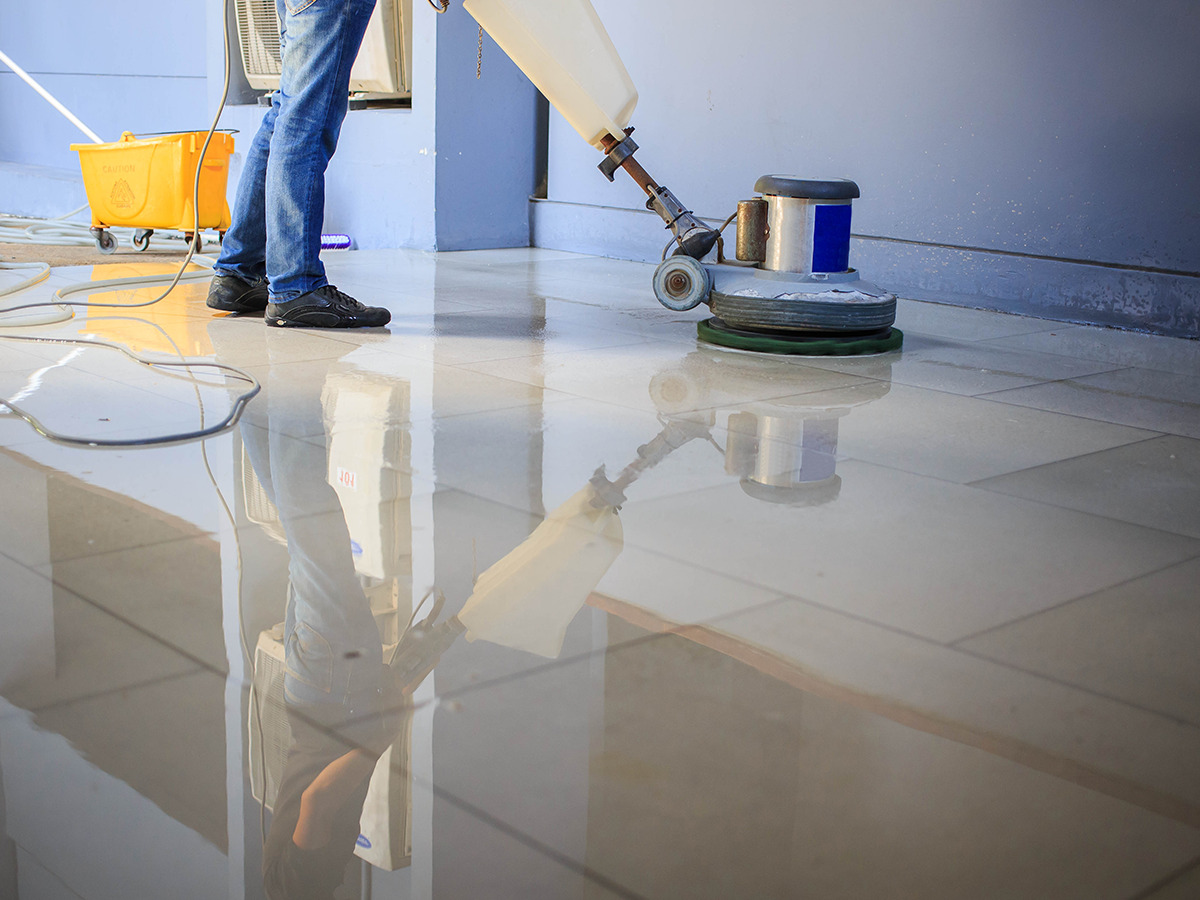

0 thoughts on “How To Clean Terracotta Tiles Outdoors”